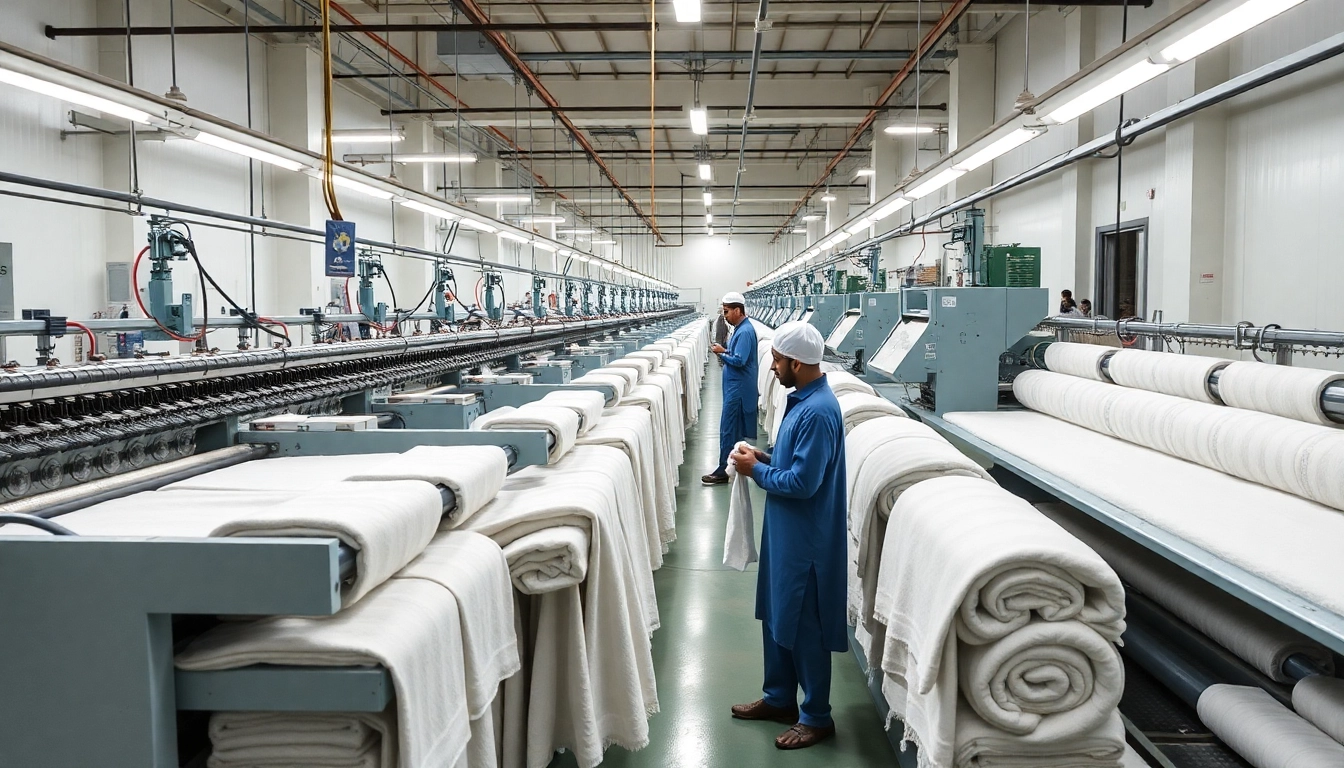Understanding Common Roof Damage and When to Repair
Your roof acts as the primary barrier safeguarding your home against the elements. Over time, various factors can compromise its integrity, leading to leaks, structural damage, and even complete failure if not addressed promptly. Recognizing the signs of roof damage early can save you significant costs and prevent health hazards caused by water ingress and mold growth. To ensure your home remains protected, it’s essential to understand the typical types of roof damage, how to identify when repairs are necessary, and the factors influencing repair costs.
For homeowners seeking trusted local expertise, roof repairs are available across the UK, offering professional assessments and quality solutions tailored to your home’s unique needs.
Types of roof damage: leaks, broken tiles, and storm impacts
Roof damage manifests in various forms, often depending on climate, maintenance habits, and the roofing materials used. The most common issues include:
- Leaks: Often caused by damaged flashing, cracked tiles, or deteriorated membranes, leaks serve as red flags for underlying problems. They can lead to interior water damage, mold growth, and structural weakening if untreated.
- Broken or Missing Tiles/Shingles: Impact from falling debris, foot traffic, or severe weather can cause tiles or shingles to crack, break, or fall off, exposing the underlying structure to weather elements.
- Storm Damage: Strong winds, hail, and heavy rain can cause immediate damage, such as uplifted roofing materials, punctures, or even partial roof collapse in extreme cases.
Each damage type weakens your roof’s protective barrier and can lead to further deterioration if not addressed swiftly. Understanding these damage patterns is fundamental to timely repairs.
Signs your roof needs professional repairs
Detecting early signs of roofing issues can significantly extend the lifespan of your roof. Look for:
- Water stains or discoloration on ceilings and walls, indicating leaks below.
- Missing or broken tiles/shingles, especially after storms or high winds.
- Granules in gutters or downspouts, which suggest wearing shingles.
- Sagging roof sections; a clear sign of structural compromise.
- Unusual sounds, such as drips or creaks during weather changes.
- Accumulation of debris in gutters, which can trap water and promote deterioration.
If these signs are evident, it’s advisable to consult a professional roofer who can assess whether immediate repairs are necessary or if more extensive work is required.
Cost factors influencing roof repair expenses
Several elements determine the overall cost of roof repairs in the UK, including:
- Extent of Damage: Minor repairs might cost as little as £150, while extensive damages requiring significant replacements can exceed £1,500.
- Roof Size and Complexity: Larger roofs or those with complex shapes and multiple angles tend to be more expensive to repair due to increased labor and material needs.
- Material Types: Premium materials like slate or clay tiles generally cost more to replace than asphalt shingles or felt membranes.
- Access and Location: Difficult-to-reach roofs or properties in remote areas may incur higher labor and transportation costs.
- Weather Conditions: Repairs during adverse weather can prolong timelines and increase costs due to safety precautions and delays.
Understanding these factors helps homeowners budget accordingly and choose appropriate service providers who offer transparent quotes tailored to your specific situation.
Top Roof Repairs Techniques and Best Practices
Effective methods for fixing leaks and water ingress
Leaks are among the most common roof issues, but they can often be remedied through tested repair techniques. The process typically involves:
- Inspection and Diagnosis: Identifying the leak source by examining the roof surface, attic, and interior signs.
- Temporary Measures: Applying sealants or waterproof tapes for immediate protection, especially in emergencies.
- Permanent Repairs: Replacing damaged tiles or shingles, sealing flashing joints, and patching cracks with high-quality roofing cement or specially formulated patches.
- Waterproof Coatings: Using coatings to seal porous materials and reinforce vulnerable areas, prolonging the life of the repair.
Advanced techniques involve professionally applied solutions like silicone sealants, bituminous membranes, or liquid-applied roofing systems designed to provide long-term water resistance.
Materials used in durable roof repairs
Choosing the right materials is vital for ensuring longevity and durability in repairs. Common options include:
- Asphalt Shingles: Cost-effective, easy to install, and widely used in the UK for their weather resistance.
- Slate and Clay Tiles: Heavier and more durable, offering an aesthetic appeal and longevity of over a century in many cases.
- EPDM Membranes: Used mainly in flat roofing, providing excellent waterproofing and flexibility.
- Bituminous Coatings and Membranes: Ideal for sealing flat roofs or repair patches, offering weatherproofing with UV resistance.
- Felt and Rubber Sheets: Common in small repairs and waterproofing applications, affordable and adaptable.
Professionals often combine these materials with high-grade sealants and adhesives to ensure repairs withstand the rigors of UK weather.
Ensuring long-lasting repairs with proper installation
Even the best materials can fail if not installed correctly. Best practices include:
- Proper Surface Preparation: Cleaning surfaces and repairing underlying issues before applying repair materials.
- Adequate Overlapping and Sealing: Ensuring materials overlap sufficiently and are sealed tightly to prevent water ingress.
- Using Compatible Products: Matching sealants and membranes with existing roofing materials to prevent adverse reactions.
- Adherence to Manufacturer Instructions: Following specified procedures and curing times to maximize effectiveness.
- Hiring Qualified Professionals: Expert installers reduce risks of future failures, comply with warranties, and ensure safety standards are met.
Regular inspections post-repair can verify the success and help identify early signs of potential issues.
DIY vs. Hiring Professional Roof Repairs
Risks of DIY roof repairs and safety considerations
While some minor repairs, like clearing gutter blockages or replacing small tiles, can be tackled by handy homeowners, many tasks pose significant safety and quality risks if attempted without proper expertise:
- Falls and injury: Working at heights requires safety equipment and training.
- Incorrect repairs: Poorly applied patches or sealants can lead to further damage and water ingress.
- Voiding warranties: Many roofing warranties specify professional installation for repairs to be valid.
- Increased costs: Mistakes can result in needing more extensive repairs later, negating initial savings.
For complex repairs or unclear damage, hiring experienced professionals mitigates these risks and ensures durable results.
Choosing reputable local roofing specialists
When outsourcing roof repairs, consider the following to select reliable tradespeople:
- Certification and Insurance: Check for accreditations, vehicle insurance, and liability coverage.
- Reputation: Read reviews on trusted platforms like TrustATrader or Checkatrade and ask for references.
- Experience with Your Roof Type: Ensure familiarity with materials and repair methods suited for your roof style.
- Clear Quotes and Warranties: Obtain written estimates and inquire about warranties covering workmanship and materials.
Reputation and transparency safeguard your investment and peace of mind.
How to evaluate quotes and service warranties
Transparent quotations should detail costs for materials, labor, and any additional charges. When evaluating offers:
- Compare multiple quotes: Don’t settle for the first offer; use this to gauge market rates.
- Check warranty coverage: Look for warranties on both materials and workmanship, ideally lasting several years.
- Review contractual terms: Clarify project timelines, payment schedules, and liability clauses.
This thorough assessment ensures fair pricing and reliable post-repair support.
Cost Guide and Budgeting for Roof Repairs in the UK
Average costs for minor and major repairs
Understanding typical expenses helps you plan and budget effectively. Recent data indicates:
- Minor repairs: Repairs such as replacing a handful of tiles or sealing small leaks typically cost between £150 and £300.
- Moderate repairs: Replacing sections of damaged roofing or faulty flashing may range from £300 to £800.
- Major repairs: Extensive damage, storm-damaged roofs, or partial replacements can cost from £1,000 to £1,500 or more.
Overall, the average UK roof repair cost is approximately £650, but this varies based on country, roof type, and damage severity.
Tips to find affordable roof repair services near you
Cost-effective repairs are achievable by following these strategies:
- Obtain multiple quotes: Comparing estimates ensures competitive pricing.
- Schedule repairs during off-peak seasons: Roofing firms often offer discounts or more availability in spring and autumn.
- Combine repairs with regular maintenance: Preventive work is usually cheaper than emergency fixes.
- Check for local promotions or loyalty programs: Some companies provide discounts for repeat or referral business.
- Use reputable yet affordable suppliers: Professional installers with good local reviews often balance quality and cost.
Always prioritize quality over cheap fixes to avoid frequent repairs and higher long-term costs.
Understanding insurance coverage and repair claims
Most UK homeowners’ insurance policies cover roof damage caused by storms, vandalism, or accidental events. To maximize your claim:
- Document damage thoroughly: Take photos and detailed notes.
- Contact your insurer promptly: Notify them immediately to start the claim process.
- Hire a certified assessor or professional: Their reports can substantiate your claim.
- Understand policy exclusions: Some damages may not be covered, such as wear and tear or poor maintenance.
Aligning your repairs with insurance claims can significantly reduce out-of-pocket expenses, making professional repairs more accessible.
Maintaining Your Roof to Prevent Future Repairs
Regular inspections and maintenance routines
Prevention is always better than cure. Regular inspections, ideally semi-annual and after severe weather, help catch issues early. Key steps include:
- Inspecting for broken or missing tiles/shingles, especially after storms.
- Clearing gutters and downspouts to prevent water backup.
- Checking flashing around chimneys, vents, and skylights for corrosion or cracks.
- Removing moss, algae, and debris from the roof surface.
- Ensuring proper attic ventilation to reduce moisture buildup.
Creating a maintenance checklist and scheduling professional inspections can prolong your roof’s life and mitigate costly repairs.
Preventative measures for storm-proofing your roof
Given the increasing frequency of severe weather events, superheroes of storm-proofing include:
- Reinforcing roofing materials with sealants or protective coatings.
- Installing storm-proof fascia and soffits to protect edges from uplift.
- Securing loose tiles or panels with appropriate fasteners.
- Enhancing roof resilience with the addition of storm strapping in vulnerable zones.
- Ensuring proper drainage systems are in place to handle heavy rainfall.
A proactive approach can significantly reduce emergency repairs and protect your investment.
Seasonal checks and when to call for repairs
Different seasons demand tailored care:
- Spring: Inspect after winter, clear debris, and repair any damage caused by frost or storms.
- Summer: Check for UV damage, moss growth, and heat-related wear; ensure ventilation is optimal.
- Autumn: Prepare for winter by inspecting for loose tiles, clean gutters, and reinforce vulnerable areas.
- Winter: Monitor for ice dams, heavy snow loads, and leaks; address problems promptly to prevent worsening damage.
Regular seasonal inspections and prompt repairs maintain roof integrity, extending its lifespan and reducing unexpected costs.



